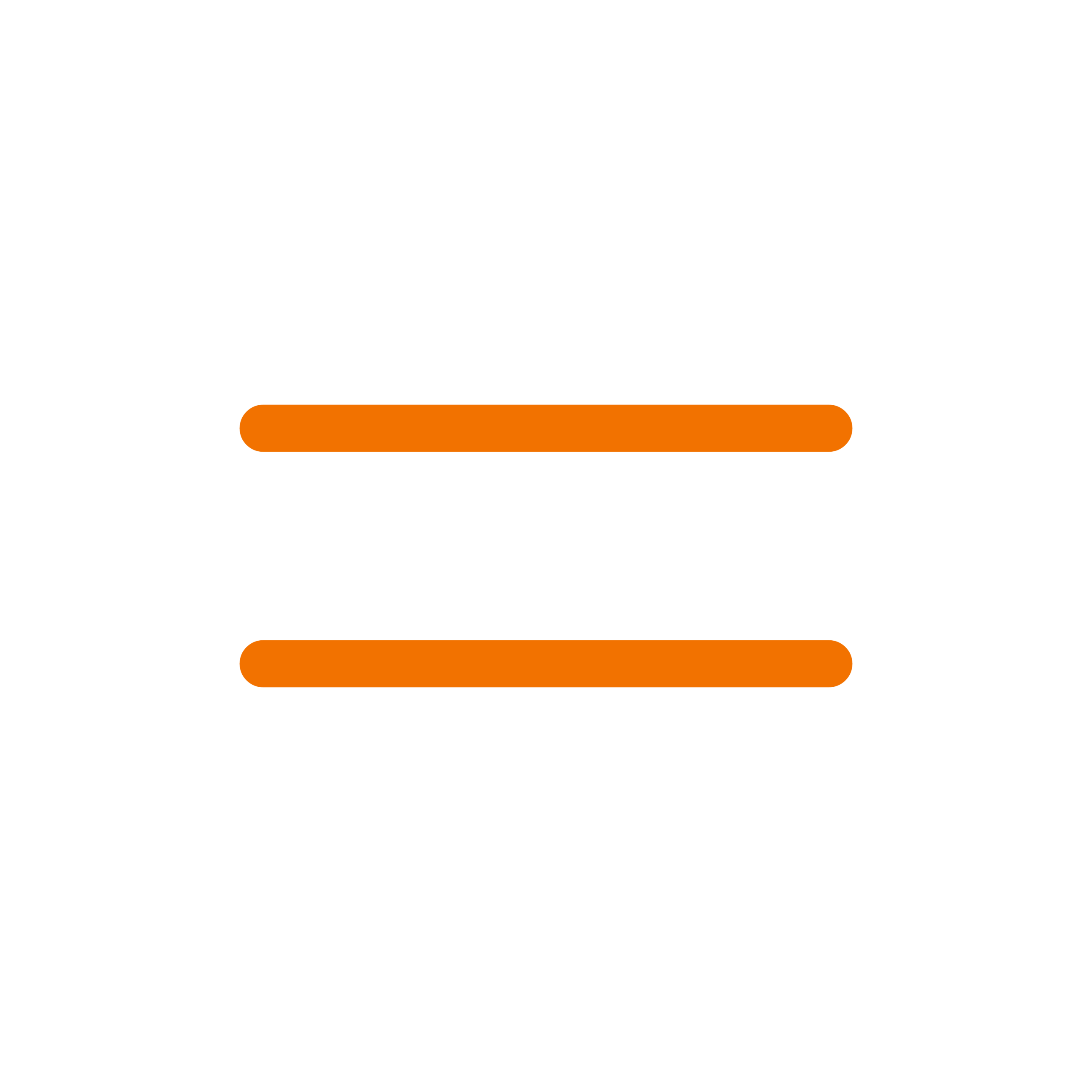Your employer has just handed you a new tax form titled Form W-4 and you are unsure where to begin. Tax forms can be complicated, but knowing which tax allowances you can claim is essential to allow you to comfortably pay your income tax to the federal government.
How many tax allowances should you claim on IRS form W-4? It all depends on your own tax situation, as well as what is deemed your tax liability. How many allowances you are eligible for can also change over time. While the process of figuring out how many allowances you should claim can feel overwhelming, we are here to help!
How Many Allowances Should I Claim?
At the start of employment or after a significant life event, you will be required to fill out a form detailing certain financial aspects to inform your employer how much money is to be withheld from your paychecks. When you are filling out your W-4 form, you will need to know the number of allowances to claim.
Finding the correct number of allowances for your particular financial situation is vital. Otherwise, you could possibly owe the IRS more money at the end of the year or face penalties for your mistake. The number of allowances you can claim depends on your filing status, the number of jobs you have, and if you have any dependents.
W-4 Exemptions by Allowance
You must find the correct number of allowances to claim. If you are in any doubt, you will want to consult with a tax professional. However, this outline can help to guide you.
Claiming 0 Allowances
You should claim 0 allowances on your W-4 2022 tax form if someone is claiming you as a dependent on their own tax form. For instance, it is common for working students to claim 0, as their parents will be claiming them on their forms. You are most likely to get a refund come tax time.
Claiming 1 Allowance
Claiming 1 allowance is typically a good idea if you are single and you only have one job. You should claim 1 allowance if you are married and filing jointly. If you are filing as the head of the household, then you would also claim 1 allowance. You will likely be getting a refund back come tax time.
Claiming 2 Allowances
Claiming 2 allowances is also an option for those that are single and only have one job. This can help with getting closer to a break-even point, but could also result in taxes being due. Claiming 2 allowances could also be for those that have more than one job and are single, as well as if you are married and want to split the allowances per spouse.
Claiming 3 Allowances or More
You should claim 3 allowances if you are married and have a child. You should also claim 3 allowances if you are married with more than one child.
What if You Reduced Your Tax Bill Forever?
Rich Dad Poor Dad: What The Rich Teach Their Kids About Money
W-4 Exemptions by Filing Status
You just started a new job and you have been handed your W-4, but you have no idea what allowances you can claim based on your situation. This outline will provide you guidance, depending on your filing status.
Single
If you are single and do not have any children, as well as don’t have anyone else claiming you as a dependent, then you should claim a maximum of 1 allowance. If you are single and someone is claiming you as a dependent, such as your parent, then you can claim 0 allowances.
Single, 1 Child
If you are single and you have one child, then you should claim 2 allowances. This child needs to be a dependent.
Single, 2 Children
If you are single with two children, you can claim more than 2 allowances as long as you only have one job. You will be able to request an allowance for each child that you have.
Married
A married couple with one source of income should claim 2 allowances on their joint return. If you have children, you will be able to claim them as dependents and claim more allowances.
Married, 1 Child
If you are married and have one child, you should claim 3 allowances. This is true as long as the child is under 19 years of age.
Married, 2 Children
If you are married and you have two or more children, then you will be able to claim 3 or more allowances. This depends on how many dependents you have.
Head of Household
If you are filing as the head of the household, then you should claim 1 allowance. You must have at least one dependent, be unmarried, and pay more than half of the expenses of the household to file as the head of household.
Head of Household, 1 Child
If you are filing as the head of the household and you have one child, you should claim 2 allowances.
Head of Household, 2 Children
If you are the head of the household and you have two children, you should claim 3 allowances. Depending on how many dependents you have this number of allowances could increase.
Allowances With 2 Earners or Multiple Jobs
For two earners and multiple jobs, you will want to make sure that you are calculating the total number of allowances you are entitled to correctly. With multiple jobs, this can sometimes be tricky. If you are filling out more than one W-4 form, then you will not want to claim the maximum number of allowances you are entitled to on each form.
This is because if you do so, then your withholding numbers will not be accurate. Instead, you will want to claim your allowances for one job. You will typically want to pick the highest-paying job to do this. However, you might still have to fill out a W-4 form for your other jobs. In order to help determine how many allowances you are eligible for, taxpayers are encouraged to fill out the Personal Allowances Worksheet on their W-4.
Changing W-4 Allowances
You should be going over your W-4 and your tax situation periodically, especially when it is early in the year, tax laws have recently changed, or you have had life changes.
You are free to change your W-4 form and tax allowances at any point throughout the year. Changes made at later in the year do not typically have as much of an impact come tax time. You may want to make estimated tax payments to the IRS or you may want to complete a new W-4 form, depending on your situation. Adjustments should be sent over to employers as soon as possible.
Choosing not to adjust your W-4 allowances or doing so incorrectly could lead to unwanted consequences. You may find that you are taking a hit due to how much is coming out of your paycheck or you might get surprised by how little your return is at the end of the year. This all plays into how well you claim the allowances you are entitled to.
Claiming an Exemption From Withholding
You, the employee, may qualify for exemption from withholding. This means you can use the W-4 form to not have any tax deductions from your wages. You may be able to claim exemption from withholding if you had the right to a refund of all your income tax due to no tax liability the previous year.
You will also need to be expecting a refund of all your federal income tax that has been withheld due to no tax liability for the current year. An exemption from withholding is only valid for the calendar year that it is filed for. It is important to keep in mind that a majority of employees will not qualify for an exemption from withholding, as this is considered a unique situation. Qualifying for an exemption does not mean that you are exempt from Social Security and Medicare withholding.
Claiming exemption from federal tax withholding without knowing your eligibility can lead to serious consequences. If you claim exemption on your tax form but you are not eligible, then you will likely receive a large tax bill at the end of the year along with other penalties. For more personalized assistance, speaking with a qualified tax professional can help to assess your own unique tax situation.
Fine-Tuning Your Withholdings
Your tax liability can change overtime, depending on your life circumstances and how much you earn annually. Your tax liability could change due to getting a new job, getting married, or having a child. You will want to reassess your financial situation and tax liability regularly to ensure that you are claiming the allowances that you are eligible for.
Getting too much withheld from your paycheck or even facing a penalty for underpayment are possibilities if you are not regularly updating your W-4. It is time to reassess when personal life changes occur that could result in you facing more taxes or present you with opportunities for credits, as well as deductions. You are able to adjust your W-4 at any time during the year.
Keep in mind that adjustments that are made later in the year may have less of an impact for that calendar year. If your situation has changed, you can request a new W-4 from your employer.
What Were Tax Allowances?
The IRS W-4 form is used by an employer to determine how much of each of your paychecks will be withheld for the federal income tax. The personal exemptions will affect how much of your paychecks are given to the IRS.
You are allowed to claim between 0 and 3 allowances on this form. Typically, the more allowances you claim, the less amount of taxes will be withheld from your paycheck. The fewer allowances you claim, the greater the amount of a refund you might be eligible for.
What is Tax Withholding?
The amount of federal income tax withheld from your paycheck by your employer is referred to as tax withholding. This amount depends on how much you earn and the information that you have provided your employer through your W-4 form. The money is deducted from your gross wages and is sent directly to the government. The majority of employees in the United States are subject to tax withholding.
If there is too much money withheld from an employee’s paycheck, then that employee will receive a refund at the end of the year. If there has not been enough money withheld from their paycheck, then more taxes will be due. In some cases, an employee may also face a penalty. The amount that is withheld from each of your paychecks is determined by your total earnings annually and your filing status.
FAQs
Questions about allowances on Form W-4? We have the answers.
In 2021, each individual allowance a tax payer claims will reduce their taxable income by $4,300.
Whether you claim 1 or 0 allowances depends on your individual situation. If you are single and do not have dependents, claiming 1 may be a more beneficial option.
If you are single and have one job, then you can claim 1 allowance.
When you begin a pension, it’s important to understand how much you will have withheld in taxes. How much in taxes you withhold depends on your sources of income.
You do not need to complete or submit a W-4 for your current job periodically. If you have a new job, then you will need to fill out a W-4 form for your new employer.
You will need to fill out a new W-4 when you start a new job or if you are changing the amount that is going to be withheld from your income.






